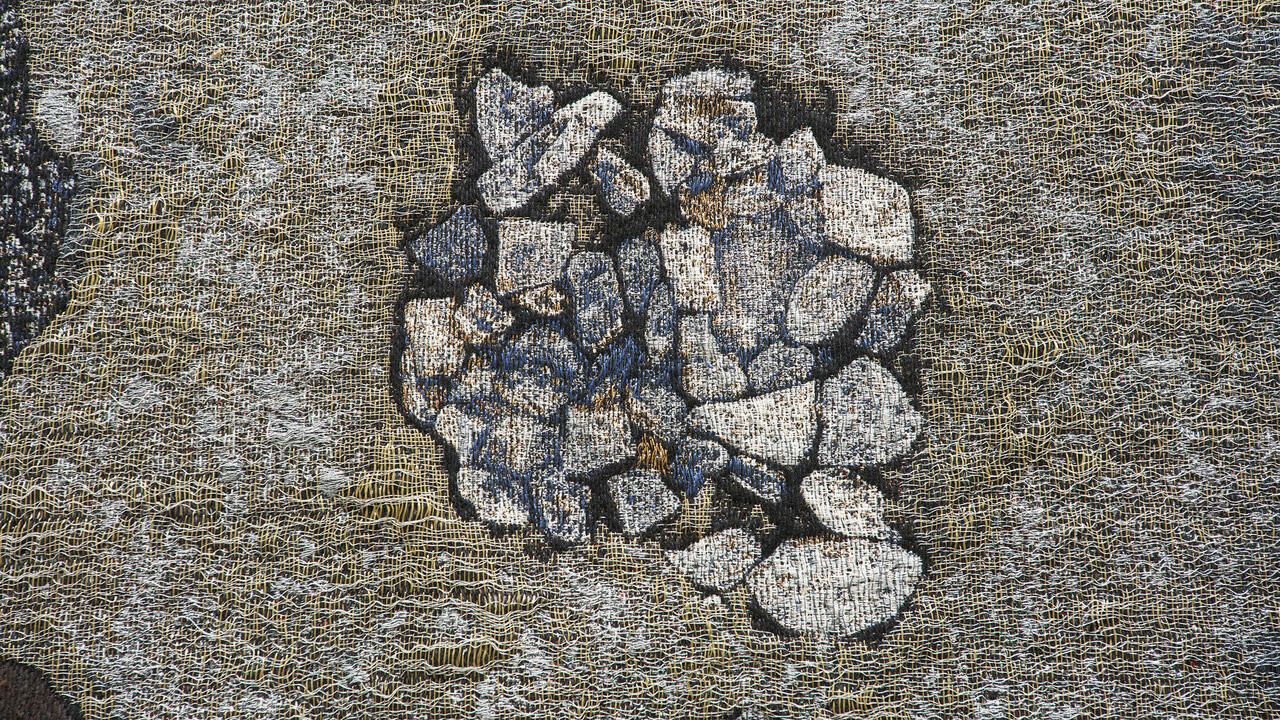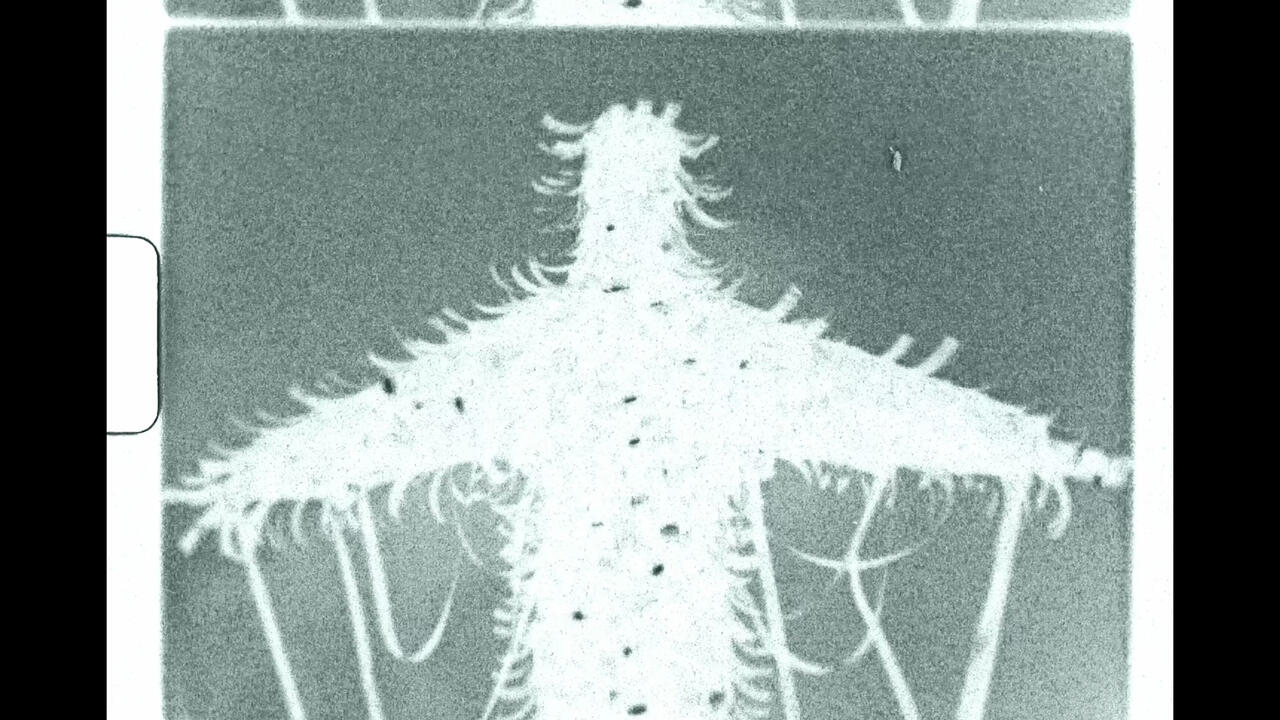‘Le Contre-Ciel’ Offers Refuge From the Regime of Fixed Forms
At Empty Gallery, Hong Kong, a group show reinscribes readings of contemporary art through traditional Chinese aesthetic
At Empty Gallery, Hong Kong, a group show reinscribes readings of contemporary art through traditional Chinese aesthetic

Named after 20th-century French surrealist René Daumal’s writings on death as regenerative negation, ‘Le Contre-Ciel’ (The Counter Heaven) at Empty Gallery, Hong Kong, is more revelation than exhibition. Organized by Olivia Shao, the group show opens with the meditative sounds of a gong chiming over softly clanging cymbals. These emanate from a work that is not yet visible: Francis Alÿs’s Cuentos Patrióticos (Patriotic Tales, 1997), a black and white video that shows the artist leading sheep in single file around a giant flagpole in the centre of Zócalo, Mexico City’s main square, to form a looping circle. The performance references an event that took place in 1968, amid a student-led Mexican movement for political change, when civil servants ordered to show support for the government bleated in the square in protest. The work’s presence plays with the meaning of ‘The Counter Heaven’ in the context of Hong Kong, given that Chinese emperors believed they had the divine right to rule due to the Mandate of Heaven.

None of this is revealed, however, until visitors pass through a small interstitial space that leads to the room where Cuentos Patrióticos is screened at one end, and the main gallery at another. Two works are positioned at this crossroad: Vunkwan Tam’s Days of Generosity (2024), comprising a mottled-grey steel disc spinning slowly on a black base, its surface punctured with holes resembling moon craters; and Wucius Wong’s Lofty Thoughts #9 (c.1980s), which seems to reflect Tam’s disc with its marbled effects of black ink on paper, where the jagged edges of mountain peaks emerge from luminous clouds. A shaft of light to one side of the work comes in through a window slit, adding to the radiance cast by Alÿs’s film on the other.

The sense of moving through ritual space – of participating in an initiation – continues in the main gallery. Divided like a porch and its naos, two marble greyhounds by Julia Scher, Gert and Gretel (both 2022), appear like Sphinxes in front of a dividing wall with gaps on either side for visitors to pass through. Mel Chin’s oil-on-steel painting Polycentric Multi-Polar Paradigm (2005) hangs before one gap, with nucleus-like orbs connected by white membranes representing Saudi Arabia, China and the United States; cell colours measure their relative populations (pink) and military budgets (green). Spectres of statecraft continue behind the wall. There, a 17th-century southern official’s hat armchair, commonly used by the literati, highlights Shao’s intention to reinscribe readings of modern and contemporary art through traditional Chinese aesthetics, amplifying the role of poetry and double entendre in creative and political expression.

Nearby, Yu Ji’s monumental Flesh in Stone—Ghost #2 (2018), a giant cement and plaster hand affixed to one wall, appears to gesture towards a plinth hosting three neolithic congs attributed to the Qijia culture from Western China. The purpose of these carved prisms – here, turquoise and nephrite – remains a mystery, which taps into the ‘refuge from the regime of fixed forms’ that ‘Le Contre-Ciel’ conjures. As conduits to meaning, artworks are contextualized and decontextualized through time by the relations that define them. This dynamic is underscored in the lower-level gallery, where Tang Kwok Hin’s black and white video Riddles of Light (2015) shows a cup filmed from above. A hand fills the cup with tea, lifts it to drink and adjusts its position so the liquid catches the light of a ceiling lamp, creating the fleeting impression of a luminous circle. Suddenly, the object disappears into an image that could mean anything.
‘Le Contre-Ciel’ is on view at Empty Gallery, Hong Kong, until 25 May
Main image: R.H. Quaytman, Empty Gallery (detail), 2017–23, oil, lacquer, silkscreen ink, gesso on wood, 51 × 82 cm. Courtesy: the artist and Miguel Abreu Gallery





















